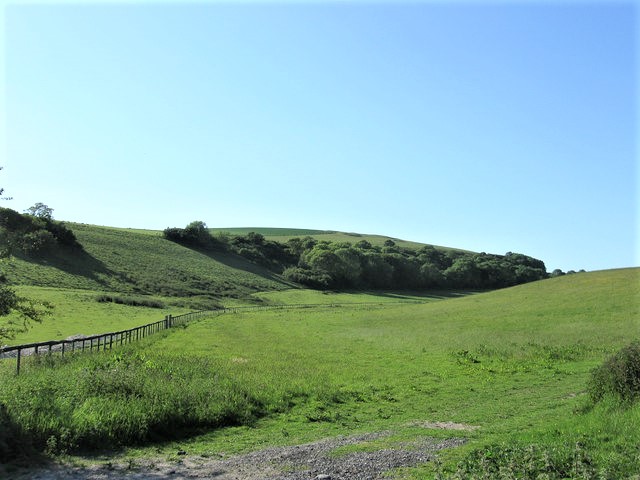
Grove Koger
The friendship between English composer John Ireland and Welsh writer Arthur Machen marks the unusual confluence of two interests of mine, modern British romantic music and supernatural literature. So it’s been a pleasure to investigate the details of the relationship between the two.

Having bought a copy of Machen’s collection The House of Souls in 1906 and the short novel The Hill of Dreams the following year, Ireland realized that he had happened upon a kindred soul, as both he and Machen were deeply interested in prehistory and in the pagan practices that seemed to them to have survived to their own day in various out-of-the way places.
A number of Ireland’s works bear out his argument, made frequently over subsequent years, that no listener could really understand his music who had not read and understood Machen first. This is particularly true of his large-scale symphonic rhapsody Maidun, the symphonic prelude The Forgotten Rite, and Legend, scored for piano and orchestra and dedicated to Machen himself.

Legend was inspired by Harrow Hill, which lies in West Sussex north of the village of Patching. The modest, gently sloped hill (see the image at the top of the post) has been found to hold the remains of Bronze Age and Late Bronze Age settlements as well as older Neolithic flint mines. An online site about the hill maintained by the Sussex Archaeological Society describes the surrounding area as a “very rich archaeological landscape” (http://www.sussexarch.org.uk/saaf/harrowhill.html).
It was to a familiar spot in this storied landscape that Ireland had carried a picnic lunch one day, but before he could begin eating, he noticed a group of children dancing silently nearby. He had time to take in the fact that they wore “archaic clothing,” but then, when he happened to glance away briefly, the dancers disappeared. Ireland subsequently described his experience in a long letter to Machen, who replied, on a postcard: “So you’ve seen them, too!”

It’s that experience that Ireland recalls in the central section of Legend. The piece has been recorded a number of times, but you can find several versions on YouTube, including a live performance featuring Nigerian-Romanian pianist Rebeca Omordia and the National Music University’s Universitaria SO in Bucharest at https://www.youtube.com/watch?v=UjYExV1zAQY.
Over time, I’ve come to realize that I have excellent peripheral vision; I see things at the “edge” that others miss. But experiences such as those that Ireland and Machen underwent lead me to wonder whether there might be more peripheries than the kind we normally speak of—and whether there might be individuals whose vision is more finely attuned to them.
□□□
The Harrow Hill story has been retold a number of times, but my primary source has been John Ireland: The Man and His Music, by Muriel V. Searle (Midas Books, 1979).
The photograph of Harrow Hill was taken by Simon Carey, is reproduced from Wikipedia, and is licensed for reuse under the Creative Commons Attribution-ShareAlike 2.0 license. The photograph of Ireland shows him standing before Rock Mill, his home from 1953 until his death on June 12, 1962, and is reproduced courtesy of the John Ireland Charitable Trust. The cover illustration for House of Souls is from the first edition (London: Grant Richards, 1906) and is by Sidney Sime, while the portrait of Machen is reproduced from the Tales of Mystery and Imagination blog.
